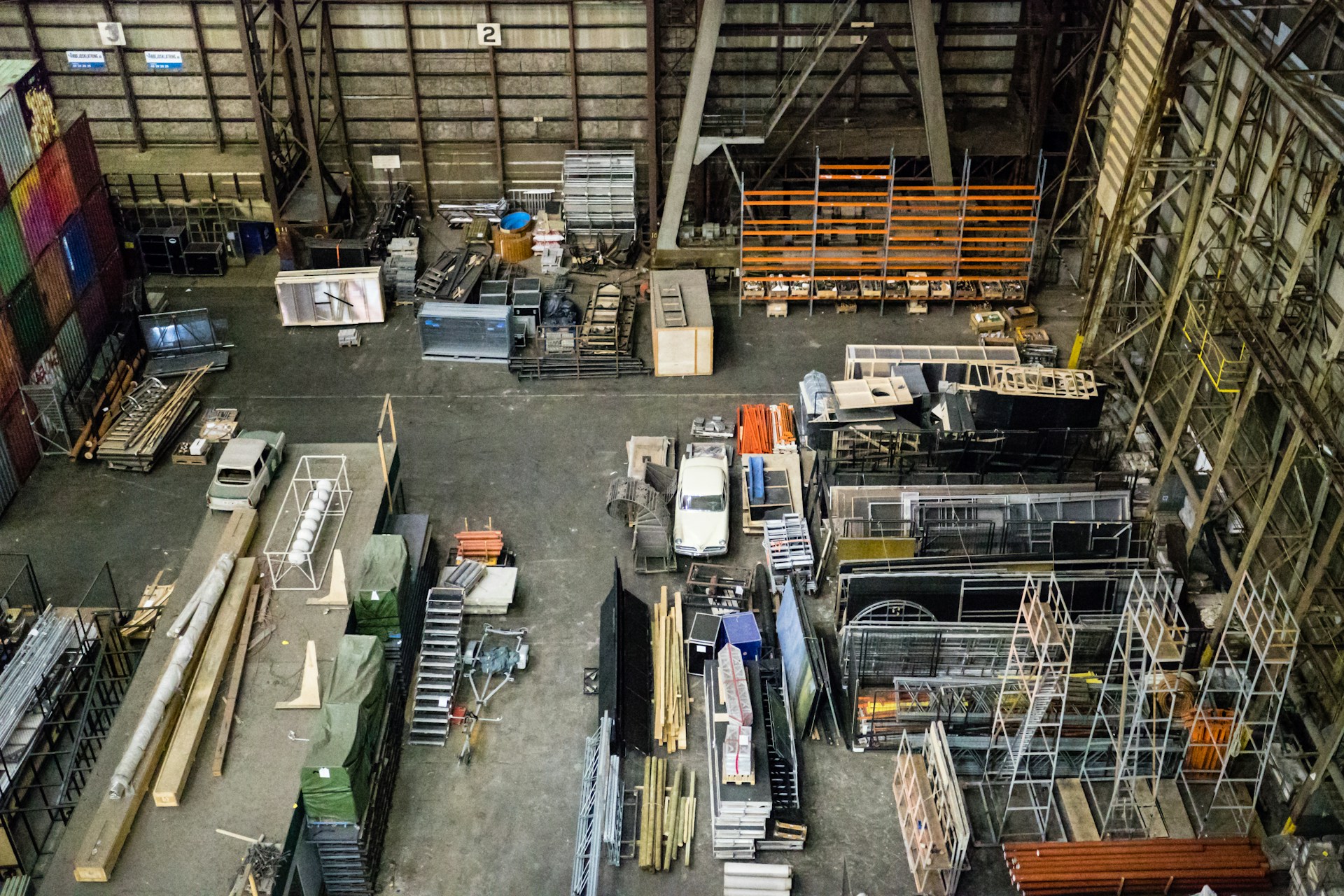Inspirational concept based photographer, Dave McHale, shares his art process and his beautifully deep photography for the first time with Amber Imrie-Situnayake.
Dave is a photographer originally from the Boston area, he moved to NYC and studied photography at Pratt Institute for two years before leaving to work as an assistant for numerous fashion photographers. He is currently located in the San Francisco Bay Area. Dave’s work explores historical allegory and religious symbolism, particularly in Renaissance and Baroque art, using photography to create new ways of approaching the concepts behind the work of old masters and the intricate history and mythos therein.
Starting at Pratt Institute as a photo major, I wasn’t exactly sure what part of the photography world I was most interested in. Soon after moving to New York City I realized that I wanted to be a part of the fashion photo industry.The melding of art, history, and fashion came about half-way through my freshman year when I was taking both photography and art history classes. I was inspired by the stories of the old masters’ canvases that I was exposed to in my art history class, and since I was never satisfied by my own painting skill I figured I could tell these stories through my photography. I was already passionate about fashion photography, but my interest in the historical and religious allegory behind old master paintings was the catalyst for my work.What are some stories you have used? I’d love to gain insight into one or two of your photographs in more detail, outlining your process. Feel free to use one of these to answer the following questions.
I often do photo shoots based on paintings or poems, or at times biblical verse or allegory. I will stumble on a painting or a verse that strikes me, and then attempt to capture some essence of that painting or verse in a photo, condensing it into a photographic moment, hoping to attain a greater understanding of the original subject matter.For example I was inspired to do the “He Cometh Not” photo (shown left) after seeing the painting “Mariana” by John Everet Millais, a Pre-Raphaelite painter whose work I studied for a period. After I saw the painting I tracked down the poem on which the painting was based, a poem of the same name by Alfred Lord Tennyson. After reading the poem I became somewhat dissatisfied in the execution of the painting by Millais, because while still beautiful it lacked the sense of defeat, sadness and malaise that Tennyson captured in the character of Mariana in his poem.
I often do photo shoots based on paintings or poems, or at times biblical verse or allegory. I will stumble on a painting or a verse that strikes me, and then attempt to capture some essence of that painting or verse in a photo, condensing it into a photographic moment, hoping to attain a greater understanding of the original subject matter.For example I was inspired to do the “He Cometh Not” photo (shown left) after seeing the painting “Mariana” by John Everet Millais, a Pre-Raphaelite painter whose work I studied for a period. After I saw the painting I tracked down the poem on which the painting was based, a poem of the same name by Alfred Lord Tennyson. After reading the poem I became somewhat dissatisfied in the execution of the painting by Millais, because while still beautiful it lacked the sense of defeat, sadness and malaise that Tennyson captured in the character of Mariana in his poem.
I was inspired to do a photo story based on the poem but still reference the painting in some way, hoping to celebrate both the beauty of Millais’s painting and the languishing spirit of Tennyson’s original Mariana. The poses for the photo shoot come in part from Millais’ painting, but also from the painting “Nude Egyptian Girl” by John Singer Sargent. The title of the photo-story comes from a line within the poem, a refrain that repeats over and over, “he cometh not”, as the story of Mariana is the story of a woman who lost her dowry, and because of that her husband-to-be abandons her. She is waiting for him in a grim house, languishing in boredom and sorrow. I wanted to capture a sense of that malaise in my photos, while still having some of the lush yet crumbling surroundings from the painting.
he “Tree of Jesse” is based on the biblical genealogy of Jesus and in particular on the stained glass windows in the Chartres Cathedral, which were created in 1145 AD. These windows depict the genealogy of Jesus including some of the prophets winged in on the right and left.
In the photograph I used flowers to represent all of the Minor and Major Prophets as well as Jesus’s ancestry as depicted in the windows of the Chartres. I researched the symbolism of each flower so that it would correlate with the rank of each prophet.
For example, Minor Prophets were depicted as white roses with only one leaf, while Major Prophets were depicted as white roses with two leaves. The Major Prophet, Isaiah, is the only anomaly. I represented him as a red rose because he prophesied the line that inspired the genealogical windows at the Chartres Cathedral.
I used lilies to depict the Virgin Mary and Jesus Christ as well as the other Kings in the genealogy since lilies are often used to represent purity of spirit as well as the Trinity. Jesus is at the top of the tree, a white lily with a red heart, representing his sacrifice.
The skull at the bottom represents Jesse, according to the Bible he was the father of King David, and it’s from Jesse that most of the prophesies about Jesus spring, because the early writers needed to find a way to link Jesus to King David. Thus this genealogy was born.
I myself am not religious, but I am deeply fascinated by the allegories, symbols and rituals associated with Christianity, and how deeply embedded many of these symbols and rituals are in our society. They are so normalized that they become subliminal in many cases. Passion became ritual, and ritual became rote, and the rote was obscured by its own mechanics. I love unearthing these symbols and rituals, crumbling images of power that still hold sway over so many and that are entrenched in our culture.
How long does it take for you to create a scene?
It really depends, I have many ideas and concepts for shoots from years or months before that are just sitting on the back burner, so to speak. However, once a concept is finalized I usually put out a casting call hoping to find a model to fit the story I want. Sometimes I have to postpone photoshoots if I can’t find a model who suits the story well enough, but most of the time I find someone with the right look. Once I have a model and a concept that are a good fit for each other, it takes about 2 months to prepare everything. Those 2 months include the final research for the concept, designing each shot (figuring out poses, lighting, etc), preparing the props and scenery, and the actual shoot day, plus time for retouching the photos since I work mostly digitally these days.
How much of your work is based on your imagination, on text, or on the larger history/story?
I often use lines of text and paintings as the base concept for my photo shoots, but I often like to tie in multiple paintings and texts to add to the original concept, and in choosing wardrobe and building the sets I do have a fair amount of freedom since I like to add some contemporary elements to my shoots.
For example in “He Cometh Not”, it was my interpretation of the painting by Millais and the poem by Tennyson in combination; this together inspired the imagery. I added my twist with props and the set-design which hopefully added depth to the concept and gave both the poem and the painting a more human element.
What did you do before you started this body of work?
I shot portraits of friends and I was interested in night shots of abandoned or neglected buildings especially churches in Brooklyn and Manhattan. I always liked darker work, crumbling and decrepit symbols of former glory, probably why I am attracted to religious allegory and the darker sides of fashion as well.
Did you like working in the fashion industry? What didn’t you like?
I both loved and hated it. There was a strong sense of camaraderie between the people in the industry, and a feeling of power and possibility, which was somewhat intoxicating. You really got caught up in the whirl of NYC, the fashion shows, parties, and just being on the sets, the sense of being a part of a cutting edge. However that sense of camaraderie and intoxicating mystique of the industry came along with horrific hours of manual labor, low pay, and dealing with a lot of very entitled people, It was truly a work hard/play hard life, and it could really wear you down over time.
I see myself as something in between. My goal is to convey an allegorical or historical scene while still using some of the imagery typically utilized in fashion stories. I started my career in the fashion photo industry so I still like to use a fashion approach to achieve my desired imagery. However unlike fashion photography I do not hold the clothing (the “product”) to be above everything else. In my work there is no product for sale, rather I am trying to tell a story. For me the concept is the highest priority.Who is a favorite artist of yours?
My favorite photographers are Joel Peter Witkin, F. Holland day and Horst P. Horst. As well as many others in the pictoralist movement. They are the movement who wanted to legitimize photography as an art form at the turn of the 20th century. My favorite painter is Caravaggio, but most recently I have been fascinated by the work of the Pre-Raphaelites.What kind of photography do you love to look at?
While I am upset about the limitations contemporary fashion photographers put upon themselves, and the limitations put upon them by the industry, I do really love fashion editorials. I spend hours in bookstores and blogs paging through story after story, and would love to see more interesting concepts worked into fashion editorials. I would love to see some of the high brow art world brought into the low brow realm of fashion advertising.










